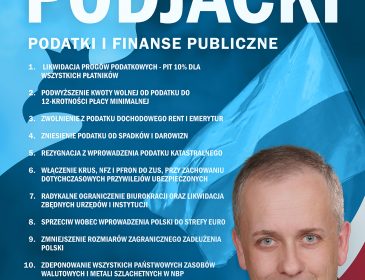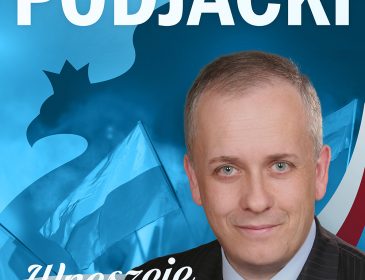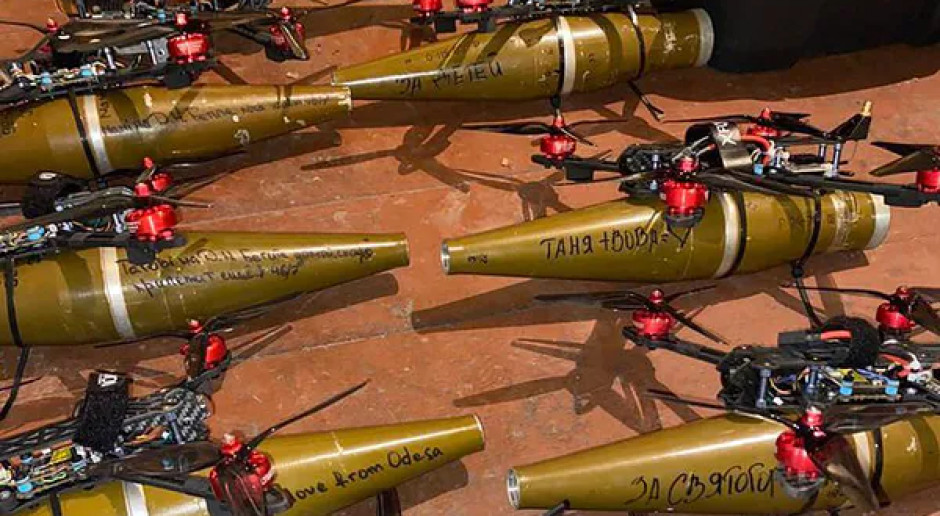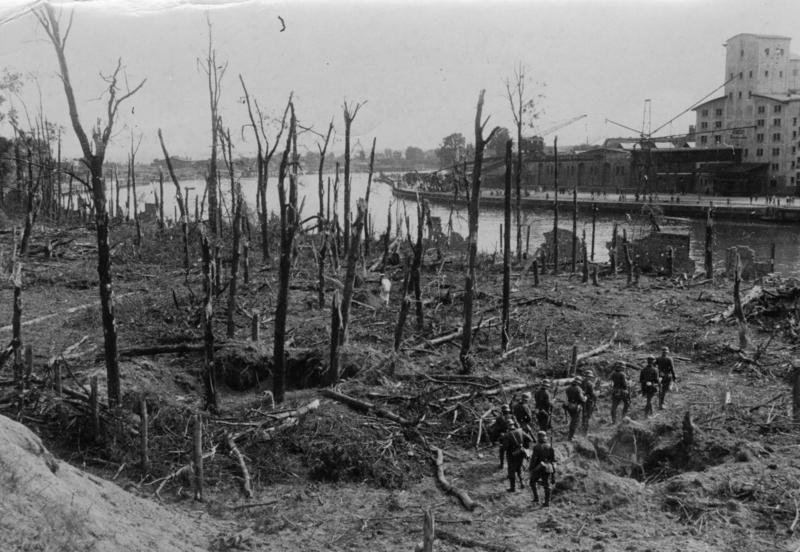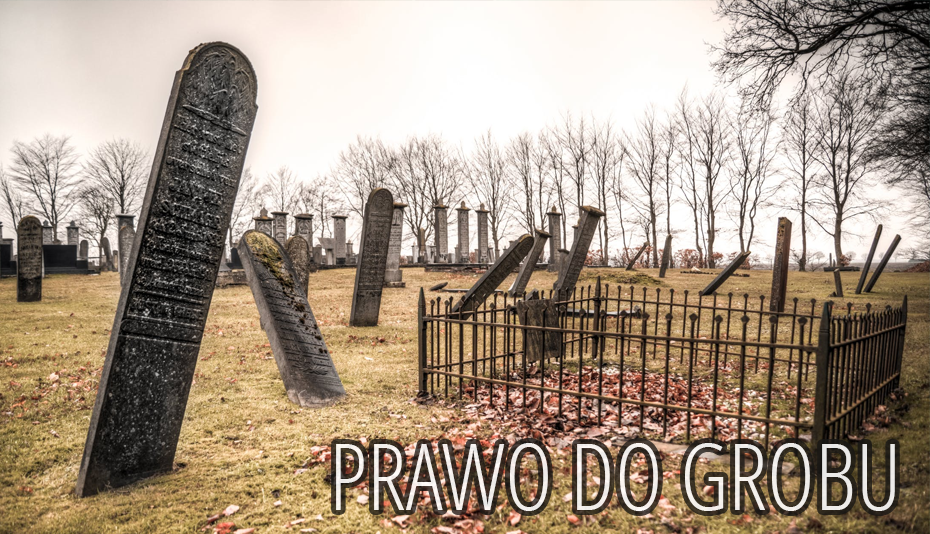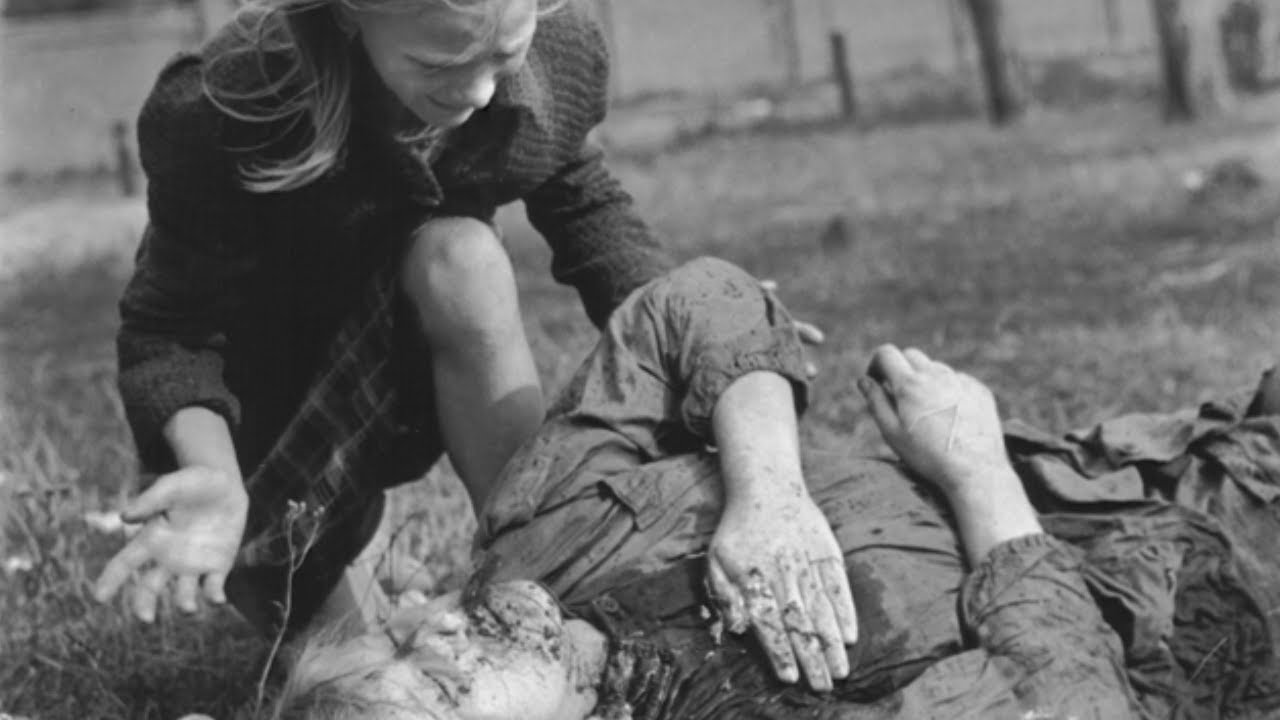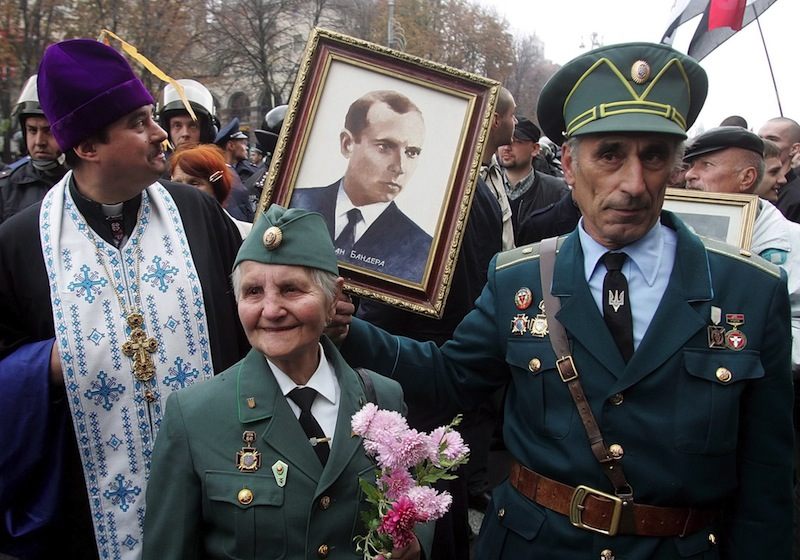-
Bohaterstwo, które podziwiał świat. „W..
POLSKA2 lata temu -
Neon24 – ruska V kolumna
POLSKA3 lata temu -
Nowe osoby w Zarządzie Amiblu
BIZNES3 lata temu -
Mechanizm warunkowości – krok ku Homo Eu..
POLSKA3 lata temu -
Wściekłe i wulgarne „Lemparcice” ..
POLSKA4 lata temu -
Rolnicze poparcie dla prezesa Elewarru – ..
NEWS4 lata temu
Ojciec Hitlerowi, syn szejkowi
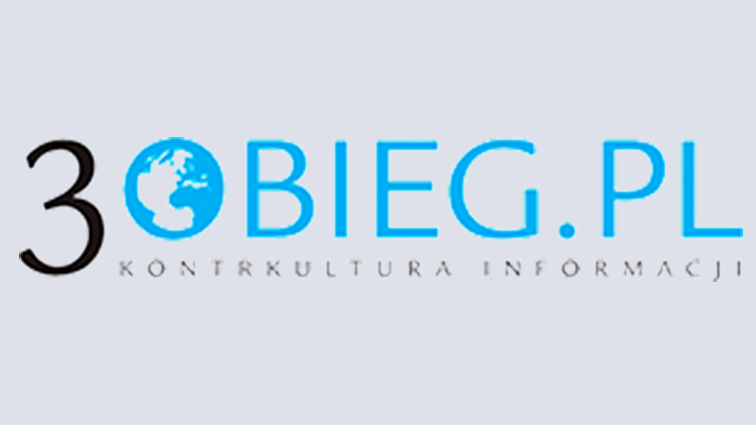
Nas skandalizuje wytrzepanie 4 miliardów PLN na cztery stadiony, które będą potem świeciły pustkami, ale innym odbija jeszcze bardziej. Katar wyda około 100 miliardów Euro na World Cup 2022 a projekt przygotowuje syn ulubionego architekta Hitlera.
Igrzyska Olimpijskie mialy sie odbyc w Berlinie juz w 1916 roku, ale zostaly odwolane z powodu pierwszej wojny swiatowej. Odbyly sie wiec w 1936 roku, juz w nazistowskich Niemczech. Adolf Hitler, samookrzykniety spadkobierca Imperium Rzymskiego, cenil sport jako opium dla ciemnego ludu i okazje do manifestacji poparcia ludu dla swojego Fuhrera.
W 1934 roku nadwornym architektem Hitlera zostal Albert Speer, architekt i czlonek Motor-SS. Adolf i Albert wzieli sie do roboty i wyprodukowali razem min. milionowe sabaty hitlerowcow na arenach w Norymberdze (zaprojektowanych przez Speera).
Juz w 1935 roku Adolf i Albert stwierdzili ze postepowa III Rzesza bedzie potrzebowala nowej postepowej stolicy, zbudowanej na gruzach aktualnego Berlina. Nowa stolica swiata, Germania, miala zapozyczyc wiele elementow architektury rzymskiego imperium, w tym wiele monumentalnych obiektow sportowych.
Hitler nie zdozyl zbudowac Germanii a Albert Speer wyladowal na procesie w Norymberdze, gdzie dostal 20 lat za swoja osobista kontrybucje do zbrodni III Rzeszy. Po wyjsciu z wiezienia Albert Speer stal sie bogatym czlowiekiem poprzez nielegalna sprzedaz zagrabionych dziel sztuki. Ulubiony architekt Hitlera umarl w 1981 roku w sposob dosyc banalny, na zawal serca w lozku swojej angielskiej kochanki w Londynie.
Syn Alfreda Speera, Alfred Speer Junior, jest tez znanym architektem i urbanista.
Kilka lat temu pojawilo sie u niego dwoch gentlemenow z Kataru i zaproponowali mu udzial w przygotowaniu oferty Kataru do World Cup 2022. Katar wygral i przygotuje nam za 10 lat pilkarska celebracje z 1001 nocy, z budzetem 100 miliardow Euro.
Bedzie jak nigdy wczesniej: lotniska, hotele, autostrady, kolej itd. Albert Speer projektuje wlasnie stadiony (zdjecie powyzej), moze beda plywajace, moze latajace a moze nawet ze zlota. Katar ma kase i chce zaistniec. To co tatus nie zdazyl zrobic dla Hitlera, byc moze syn zrobi dla szejka. Bedzie nowoczesnie i postepowo.
Pozostaje tylko maly problem: wlasnie oznajmiono ze banki z Kataru zaczely masowo pozyczac pieniadze od zagranicznych bankow, tak aby stawic czolo wymogom finansowania projektow infrastrukturalnych zwiazanych z World Cup 2022. Jak na razie banki z Kataru sa netto dluznikami na miedzynarodowym rynku miedzybankowym juz na ponad 30 miliardow $. A do World Cup 2022 jeszcze daleko.
Speer Senior zaprojektował Hitlerowi nowy Berlin, stolicę nowego świata:

Dla ilustracji monumentalnych wymiarow projektu, wystarczy poparzec na Brame Brandenburska w samej dolnej czesci zdjecia lub na Reichstag wcisniety pomiedzy nowe budynki (troche wyzej).
Z Panamy przez PRL do III RP, czyli o wplywie Wizjonerskiej Strategii Inwestowania (WSI) na Polske -- czytaj cala prawde calodobowo -- na www.wsi24.pl oraz Facebook / Goodbye ITI -- i mysl samodzielnie, bez TVN24 !!











